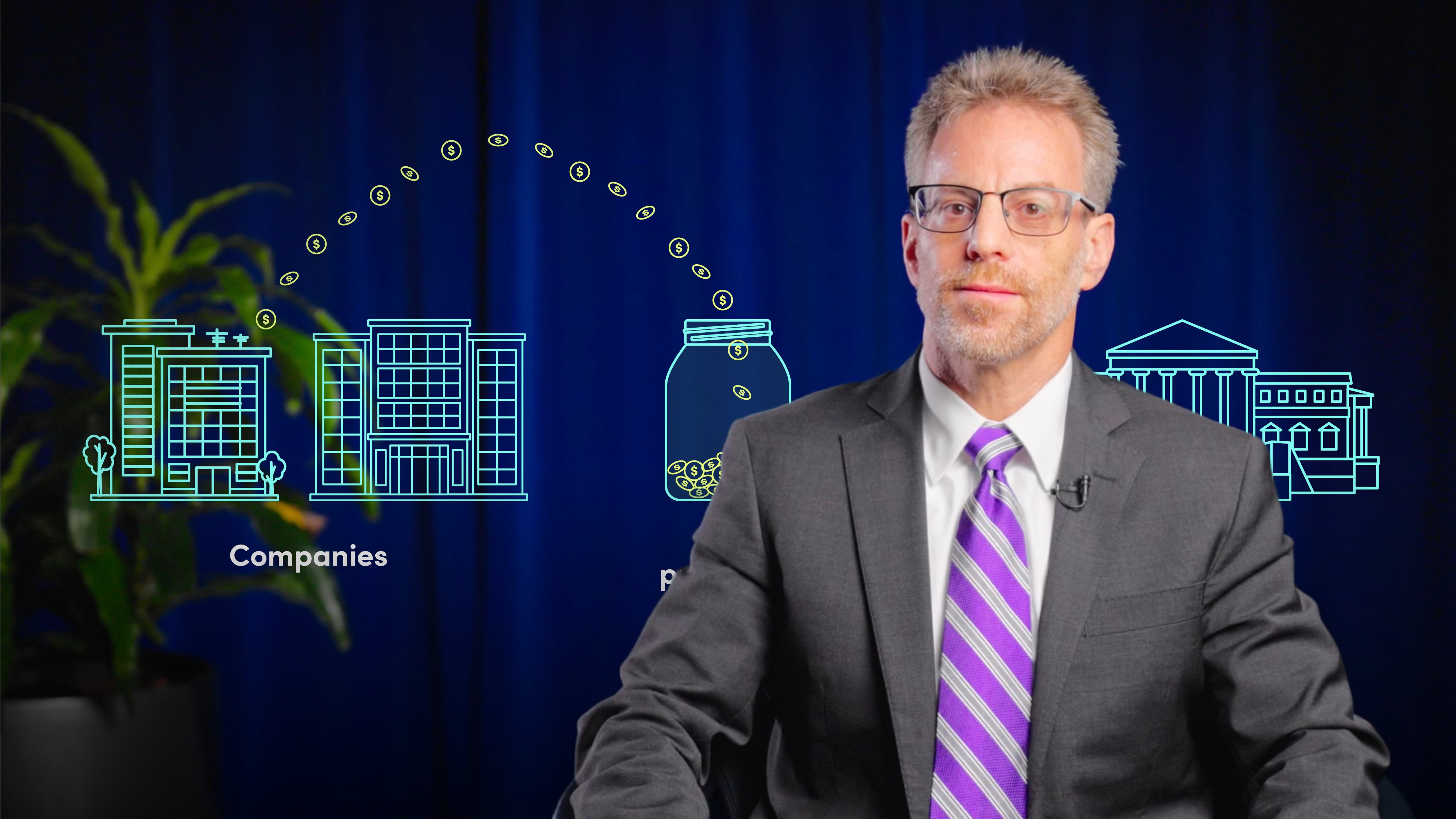
The Inflation Reduction Act

Wayne Mayer
30 years: Sustainability and Corporate Social Responsibility Executive
In this video, Wayne explains how the Inflation Reduction Act (IRA) transforms the U.S. economy by promoting sustainability and reducing greenhouse gas emissions. He highlights key components, such as incentives for clean energy technologies like solar and wind, and innovations in energy storage and carbon capture. Wayne discusses how the IRA aims to lower inflation by offering tax credits and rebates for energy-efficient appliances, generating $4.1 trillion in new investments by 2032, and creating millions of jobs. He also covers the act's benefits for businesses, individuals, and the broader economy, emphasising its role in fostering sustainable growth and energy independence.
In this video, Wayne explains how the Inflation Reduction Act (IRA) transforms the U.S. economy by promoting sustainability and reducing greenhouse gas emissions. He highlights key components, such as incentives for clean energy technologies like solar and wind, and innovations in energy storage and carbon capture. Wayne discusses how the IRA aims to lower inflation by offering tax credits and rebates for energy-efficient appliances, generating $4.1 trillion in new investments by 2032, and creating millions of jobs. He also covers the act's benefits for businesses, individuals, and the broader economy, emphasising its role in fostering sustainable growth and energy independence.

The Inflation Reduction Act
14 mins 24 secs
Key learning objectives:
Understand the IRA’s role in reducing greenhouse gas emissions and promoting renewable energy
Understand how the IRA aims to lower inflation, reduce household expenses, and stimulate job creation
Understand how the IRA generates investments and supports business growth in clean energy
Overview:
The Inflation Reduction Act (IRA) significantly impacts the U.S. economy by reorganizing energy production and consumption to reduce greenhouse gas emissions and promote sustainability. It offers incentives across the energy sector, encouraging research and development in low-carbon technologies. The IRA aims to lower inflation by reducing household expenses through tax credits and rebates for energy-efficient appliances and systems, and by investing in renewable energy. It is expected to generate $4.1 trillion in new capital investments by 2032, create millions of jobs, and foster energy independence. The IRA supports economic growth, environmental protection, and the transition to clean energy, particularly benefiting communities reliant on fossil fuels.

Wayne Mayer
There are no available Videos from "Wayne Mayer"





















